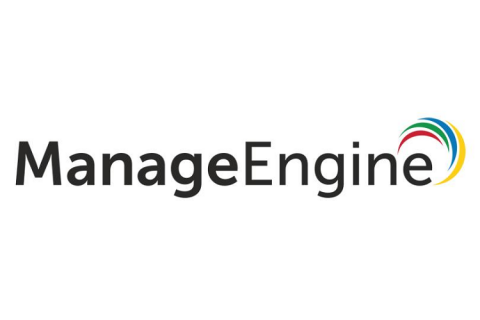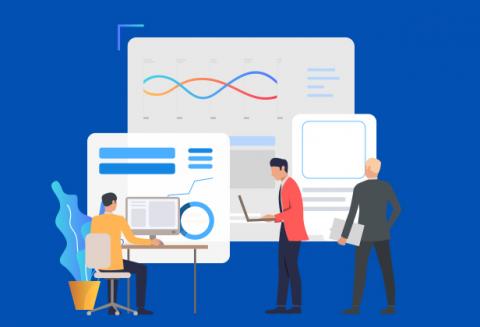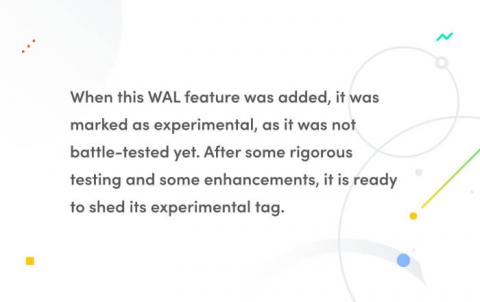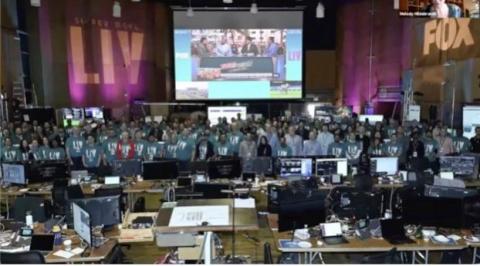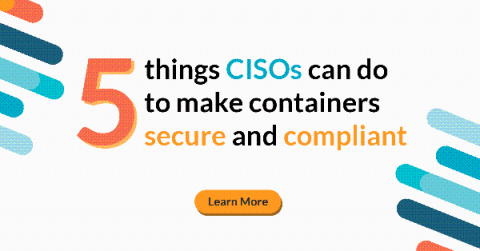AWS CloudWatch 101
There’s a lot out there about Amazon CloudWatch already, but since Amazon’s default EC2 monitoring service pushes regular updates, most of what you’ll find will be dated (last updated: 9/26/2018). Let us know what you think about our take on CloudWatch 101. The plan is to get you up to speed in a hurry.



